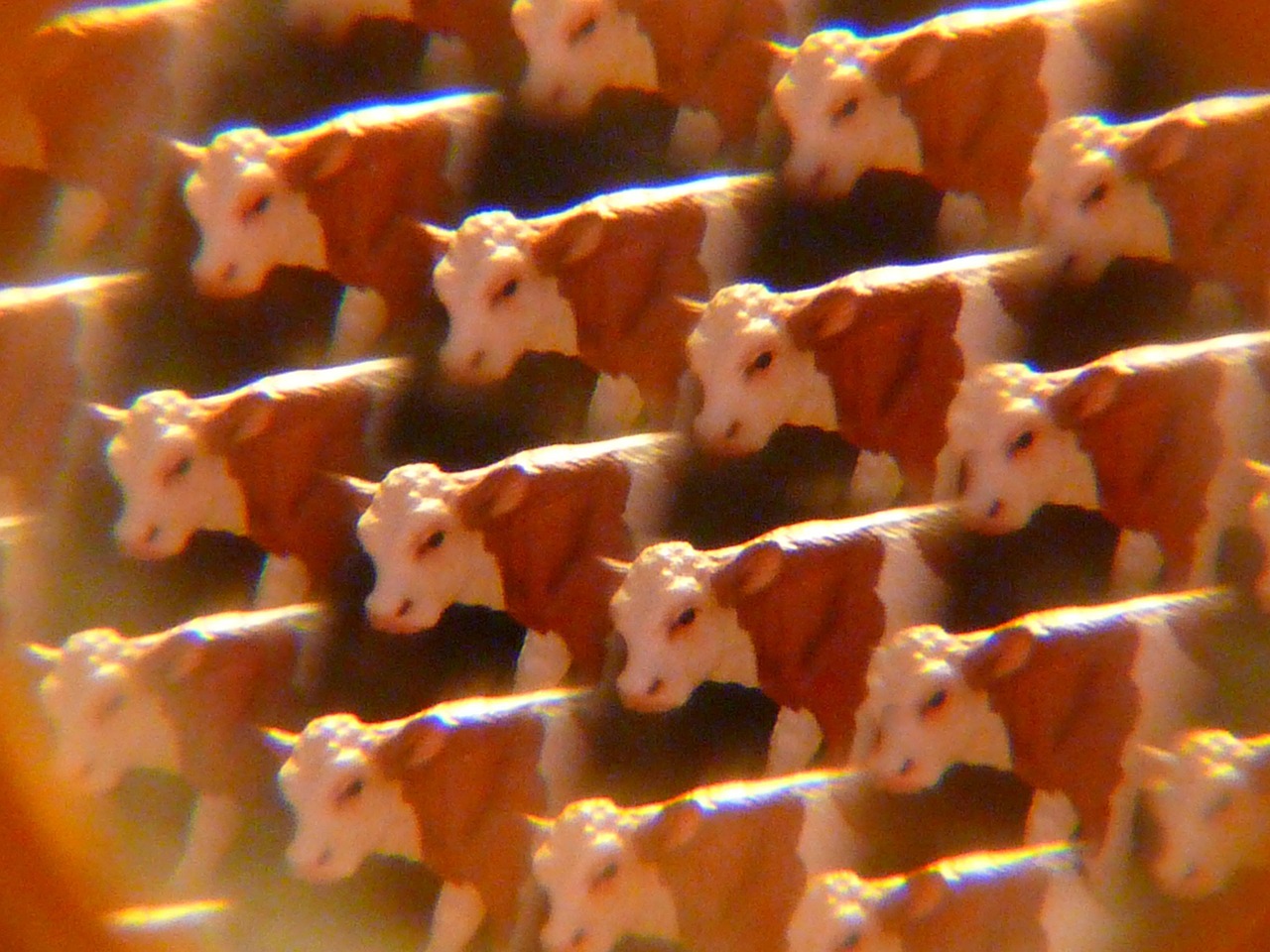Kaleidoscopic Visions: The Emergence of Synesthetic Art
Embracing the potential of human perception, synesthetic art is a groundbreaking movement that marries the senses in a harmonious dance of colors and sounds, tastes, and smells. This unique genre offers a transformative experience, transcending the traditional barriers of artistic expression. With roots in the early 20th century, synesthetic art has gradually evolved into a major trend within the contemporary art world.

Historical Context: The Birth of Multi-Sensory Art
At its core, synesthesia is a neurological condition that amalgamates the senses. A synesthete might taste sounds or see music in vibrant color, making their perception of the world a sensory symphony. Inspired by this phenomenon, artists in the 20th century began to experiment with multi-sensory art. Pioneers like Wassily Kandinsky and Alexander Scriabin attempted to capture the essence of synesthesia in their works, aiming to evoke a sense of interconnectedness between visual, auditory, and tactile experiences.
The Modern Revolution: Synesthetic Art in the 21st Century
Fast forward to the present day, synesthetic art has become more mainstream, with artists like Neil Harbisson and Marina Abramović pushing the boundaries of multi-sensory artistry. Harbisson, born with achromatopsia (total color blindness), uses an antenna implanted in his skull to perceive colors as sounds, while Abramović’s performances often involve sensory deprivation to heighten other senses, creating a deeply immersive experience for her audience.
Impact and Significance: The Power of Multi-Sensory Perception
Beyond the realm of artistic expression, synesthetic art serves a broader purpose. It challenges our conventional understanding of perception and encourages us to engage with our environment in a more profound way. It bridges gaps between the disabled and the abled, offering those with sensory impairments a chance to experience the world in a new light.
Moreover, synesthetic art has been gaining traction in the realm of therapy. Autism specialists and mental health professionals have begun to incorporate multi-sensory elements into their practice, leveraging the power of synesthetic experiences to help patients connect with their emotions and the world around them.
In A New Frontier in Artistic Expression
As we move further into the 21st century, the emergence of synesthetic art signifies a shift in how we perceive and interact with art. It offers a unique, immersive encounter that goes beyond the visual, breaking down the boundaries between audience and artwork, perception and reality. This fascinating realm of artistic expression not only enriches our cultural landscape but also encourages us to reconsider the limitations of our senses, opening up a world of possibilities in the process. Synesthetic art, with its kaleidoscope of sensory experiences, truly is a symphony for the senses.




